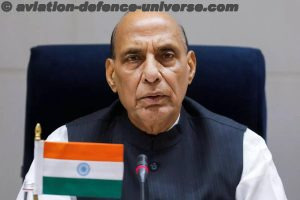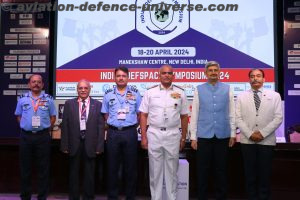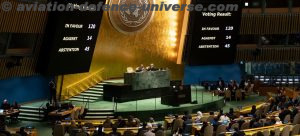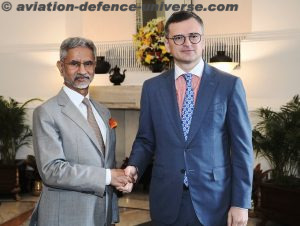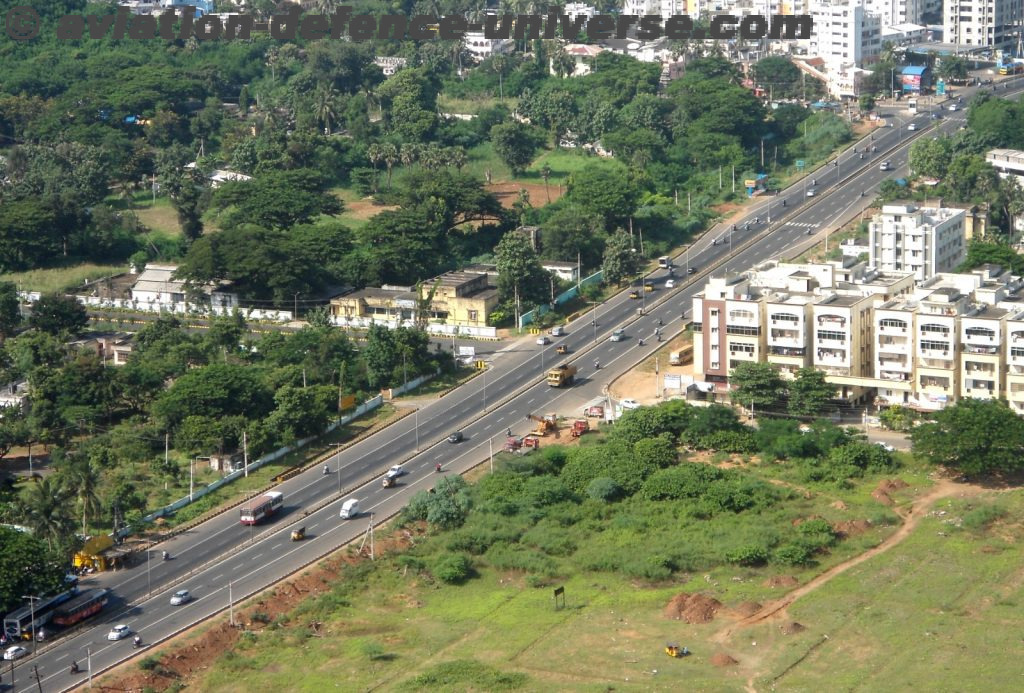By Brig.VK Atray & Sangeeta Saxena.
New Delhi. 29 March, 2016. We were hoping to hear something on the separate cadre for defence acquisitions at Defexpo but probably it is a little premature. When Defence Minister Manohar Parrikar stated at the Defence Innovators and Industry Association (DIIA) launch, that the separate cadre for defence acquisition will help in ensuring continuity of experience, information and knowledge, it led to a sigh of relief. Now we can keep our fingers crossed.
An acquisition system that takes years to come up with a requirement, conduct a competition and initiate a program cannot hope to match the speed at which the threat is changing and bureaucratic procedures killing innovation in the bargain.
Minister felt that officers generally were concerned more with procedures than with “transparency and simplification. The Defence Acquisition process is admittedly suffering from delays, and the Government is now considering a separate cadre to speedily implement equipment requests from the armed forces.
A little peep into history taking us back to the aftermath of 1962, the Nehru government set up the Department of Defence Production and as a follow up to this in 1965 the Department of Defence supplies was created to forge linkages between the civil industries and defence production units. The two departments were merged in 1984 and the department of defence production and supplies were created. This was further renamed as Department of Defence Production in 2004. But this did not work as the nodal centre for procurement and acquisition. It was an exercise to channelize bureaucracy but not to give permanency to them in the sensitive posts.
The bureaucrats were those who were not at all conversant with the intricacies of the weapon systems and the requirements of the Indian armed forces . Not that they are incompetent. They are posted to the MoD and Department of Defence Production on deputation and routine transfer from other ministries. They are not specialists in defence hardware.
Textile to Rural Development to Railways to Mines- they could have come from anywhere for these MOD stints. After spending the initial year in understanding the issues and matters military, another to get well versed with various weapon systems and intricacies of the ministry after two years they starting for the next assignment in another ministry. Hence, they also hesitate in taking decisions on purchase of systems worth millions of dollars, as they fear they may be accused of bungling or wrong doing.
The Government of India is still groping around for a fool proof policy to bring the private sector into the defence arena. It has revised the Defence Procurement Policy and introduced the Defence Production Policy with an addition of the “Make” (in India) category but things are getting bogged down on issues of the percentage of foreign direct investment that should be allowed. With 49% FD now, every one who is anybody in the vast sea of private companies is forging alliances and joint ventures, but bureaucracy is still working in the same old pace.
There is a need to refine the defence acquisition process by cutting the delays occurring at the level of the bureaucracy, which represents a key layer between the Minister of defence and the armed forces.
India has once again been named as the world’s biggest importers of defence equipment and it is nothing to be proud of. Indigenisation and Make In India seem to be hollow words. Bureaucratic hurdles delay processes of starting the production and then a delayed induction is not a surprise.
Another important but negative fact is that the finances are completely controlled by bureaucrats. Services Chiefs are only advisors in case of procurements and service officers only members. The Services keep projecting needs but in face of inordinate delays. The common man asks why Chiefs not representing.
Government of India still follows a British legacy which says Defence Secretary is responsible for “defence of the country” and that Services Headquarters are “attached offices”. It suited the British because their Defence Secretary indeed was the Defence Minister. The Services Headquarters were kept as “attached headquarters” because of distrust of majority Indians in the army of British India.
The Defence Secretary need not necessarily have had three or four tenures in MOD. Many a times he has to learn from a scratch what military and security is all about. By their own admission, bureaucrats of MoD admit it is only in their second or third tenure in MoD that they come to grasp of matters military.
India’s defence has suffered a lot at hands of bureaucrats without military background and knowledge . If Indian Railways can be managed by the Railway Board, which is manned exclusively by railway officials why can’t the MoD run on the same pattern. MoD should be exclusively manned by military officials with advisory civilian cells in Defence Production and Defence Finance with bureaucracy consisting of permanent defence acquisition cadre officers.
Old arms, equipment and attitudes need to go. Only then we will be able to face threat without batting an eyelid on the not-so-friendly borders with state-of-the-art equipment, acquired with ease. And for this India needs a dedicated cadre which should have a permanency to see through the acquisition process right from inception to induction.




